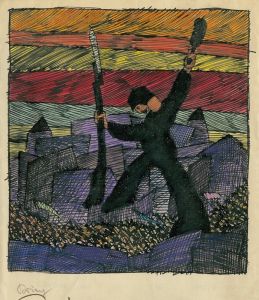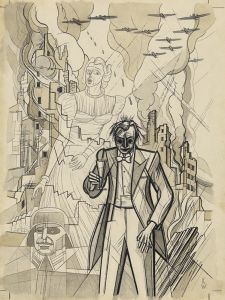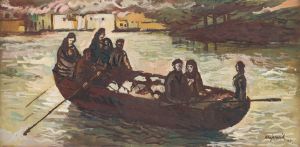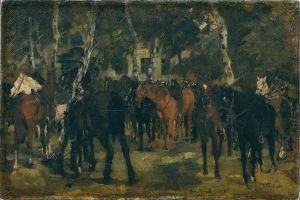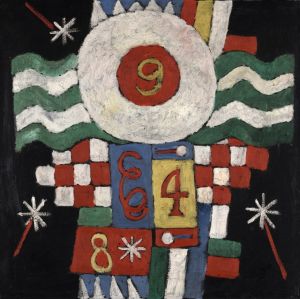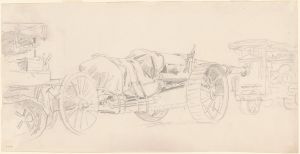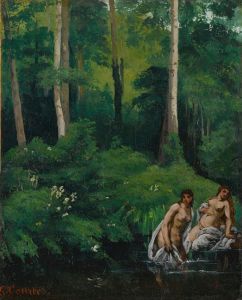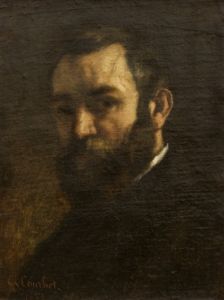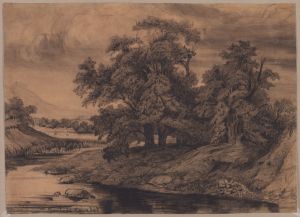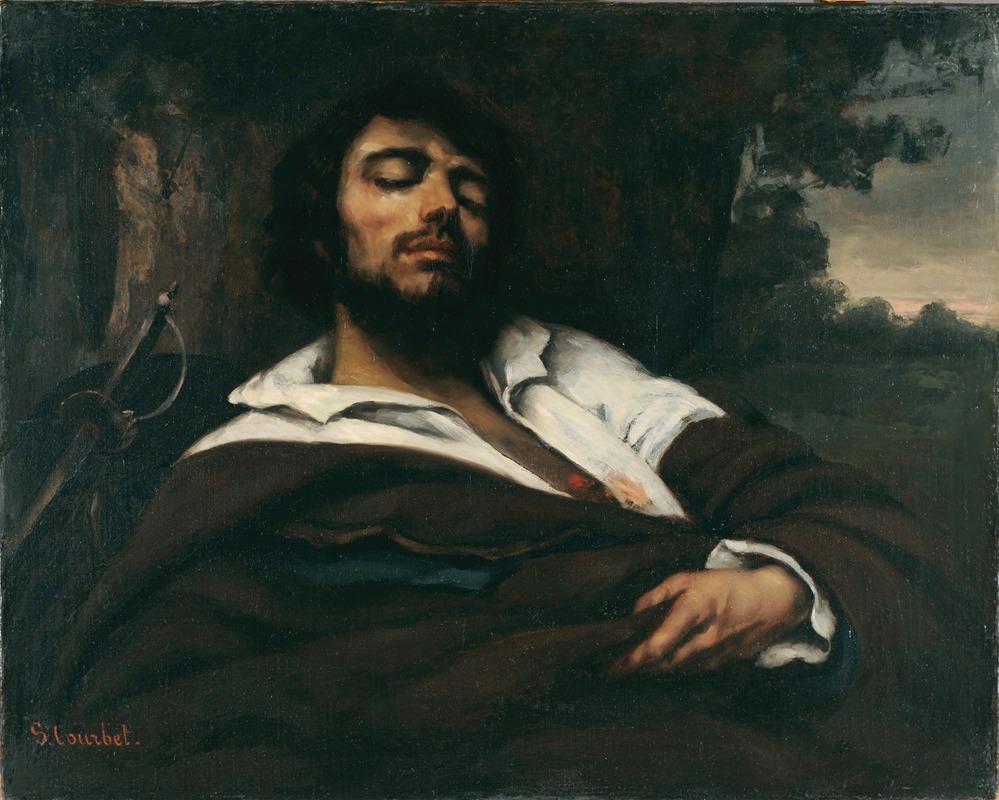
Der Verwundete
A hand-painted replica of Gustave Courbet’s masterpiece Der Verwundete, meticulously crafted by professional artists to capture the true essence of the original. Each piece is created with museum-quality canvas and rare mineral pigments, carefully painted by experienced artists with delicate brushstrokes and rich, layered colors to perfectly recreate the texture of the original artwork. Unlike machine-printed reproductions, this hand-painted version brings the painting to life, infused with the artist’s emotions and skill in every stroke. Whether for personal collection or home decoration, it instantly elevates the artistic atmosphere of any space.
Gustave Courbet, a prominent French painter known for his role in the Realism movement, created the painting "Der Verwundete" (The Wounded Man) in 1844. This artwork is a significant example of Courbet's early exploration of themes that would later define his career, such as realism and the depiction of human experience.
"The Wounded Man" is an oil painting that portrays a young man reclining against a rock, with a visible wound on his chest. The subject's expression is one of introspection and contemplation, capturing a moment of vulnerability and human emotion. This painting is often noted for its realistic portrayal of the human figure, a hallmark of Courbet's style, which sought to depict subjects truthfully without idealization.
Courbet's approach in "The Wounded Man" reflects his commitment to realism, a movement that emerged in the mid-19th century as a reaction against the romanticism and idealism prevalent in art at the time. Realism focused on representing everyday life and ordinary people with accuracy and sincerity. Courbet was a leading figure in this movement, advocating for art that depicted the world as it was, without embellishment.
The painting is also significant for its autobiographical elements. It is believed that the figure in "The Wounded Man" is a self-portrait of Courbet himself. This personal connection adds a layer of depth to the work, as it may reflect Courbet's own experiences and emotions. The wound could symbolize personal or emotional struggles, though Courbet did not provide explicit explanations for the symbolism in his work.
"The Wounded Man" is housed in the Musée d'Orsay in Paris, a museum renowned for its extensive collection of 19th-century art. The painting is part of a broader collection of Courbet's works that illustrate his development as an artist and his contributions to the Realism movement. The Musée d'Orsay provides context for Courbet's work, showcasing how his paintings challenged traditional artistic conventions and influenced subsequent generations of artists.
Courbet's influence extended beyond his paintings; he was also known for his outspoken views on art and society. He believed that art should serve as a tool for social change and reflect the realities of life. This philosophy is evident in "The Wounded Man," where the raw and honest depiction of the subject challenges viewers to confront the human condition.
In summary, "Der Verwundete" by Gustave Courbet is a notable work that exemplifies the artist's commitment to realism and his ability to convey deep human emotion through art. The painting's realistic portrayal, combined with its potential autobiographical elements, makes it a compelling piece within Courbet's oeuvre and a significant contribution to the Realism movement. As part of the collection at the Musée d'Orsay, it continues to be appreciated by audiences for its artistic and historical significance.





